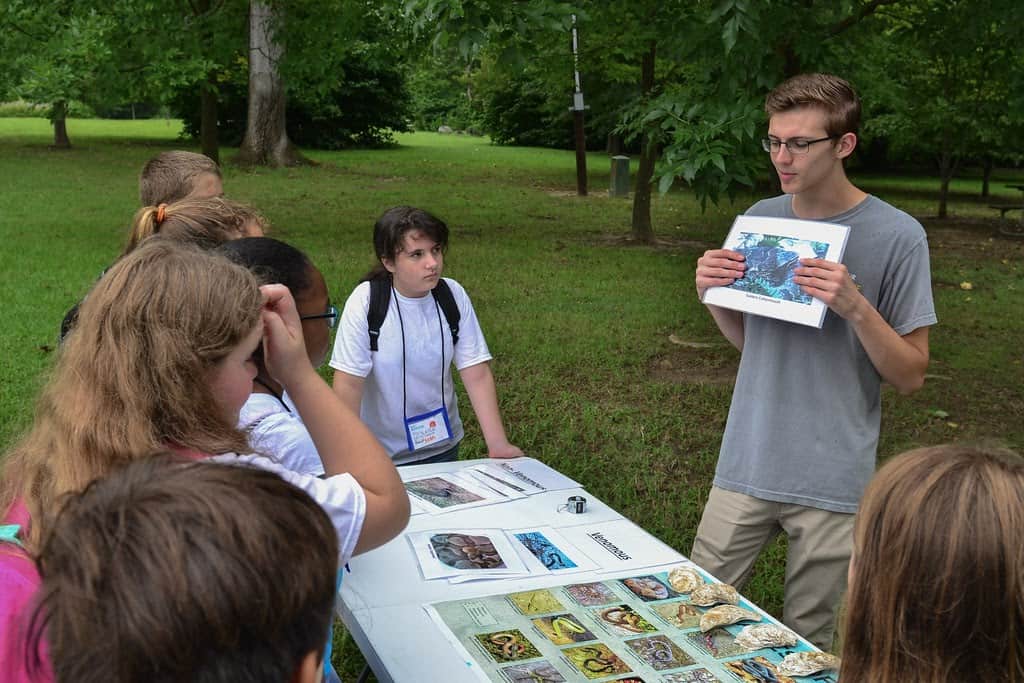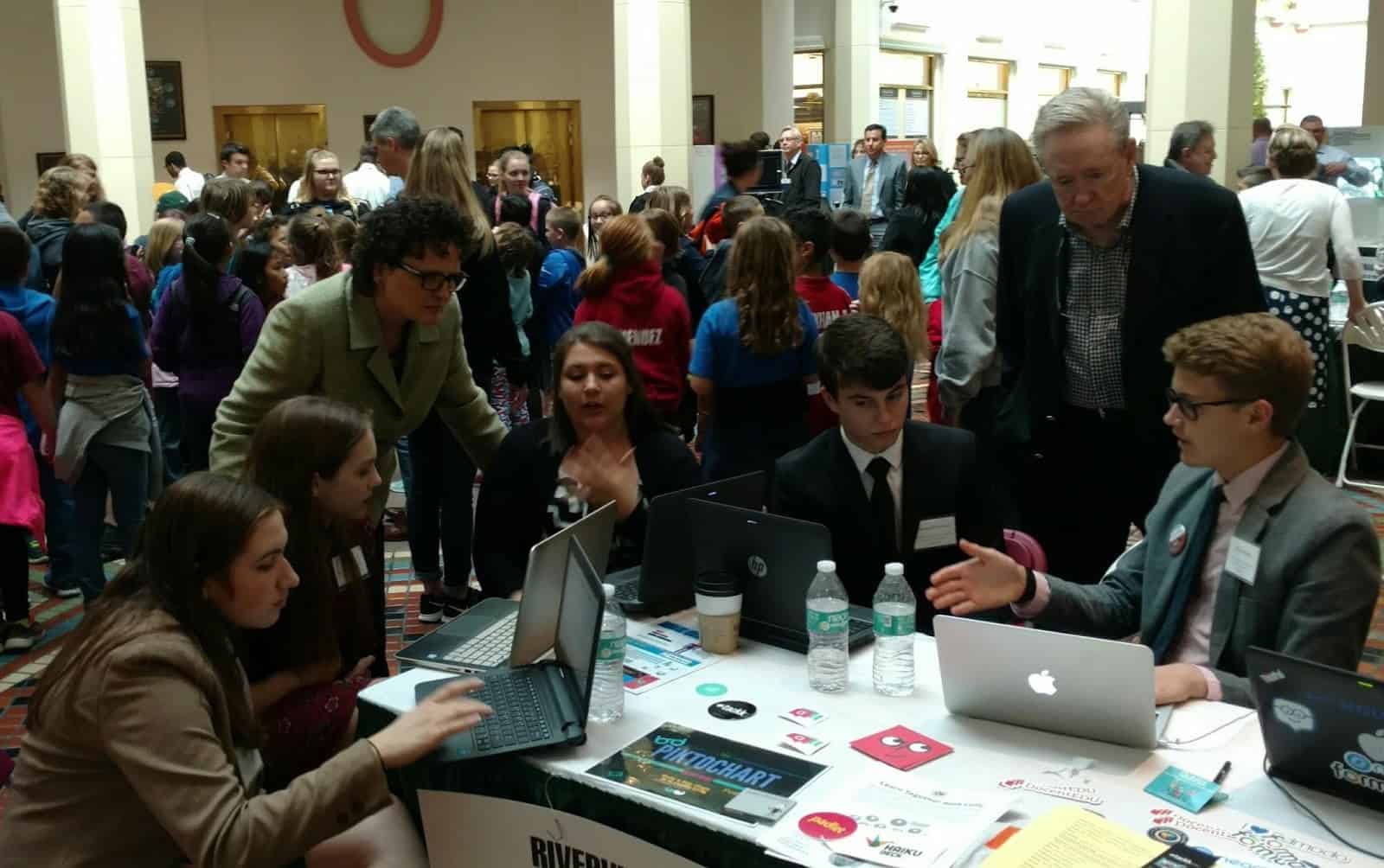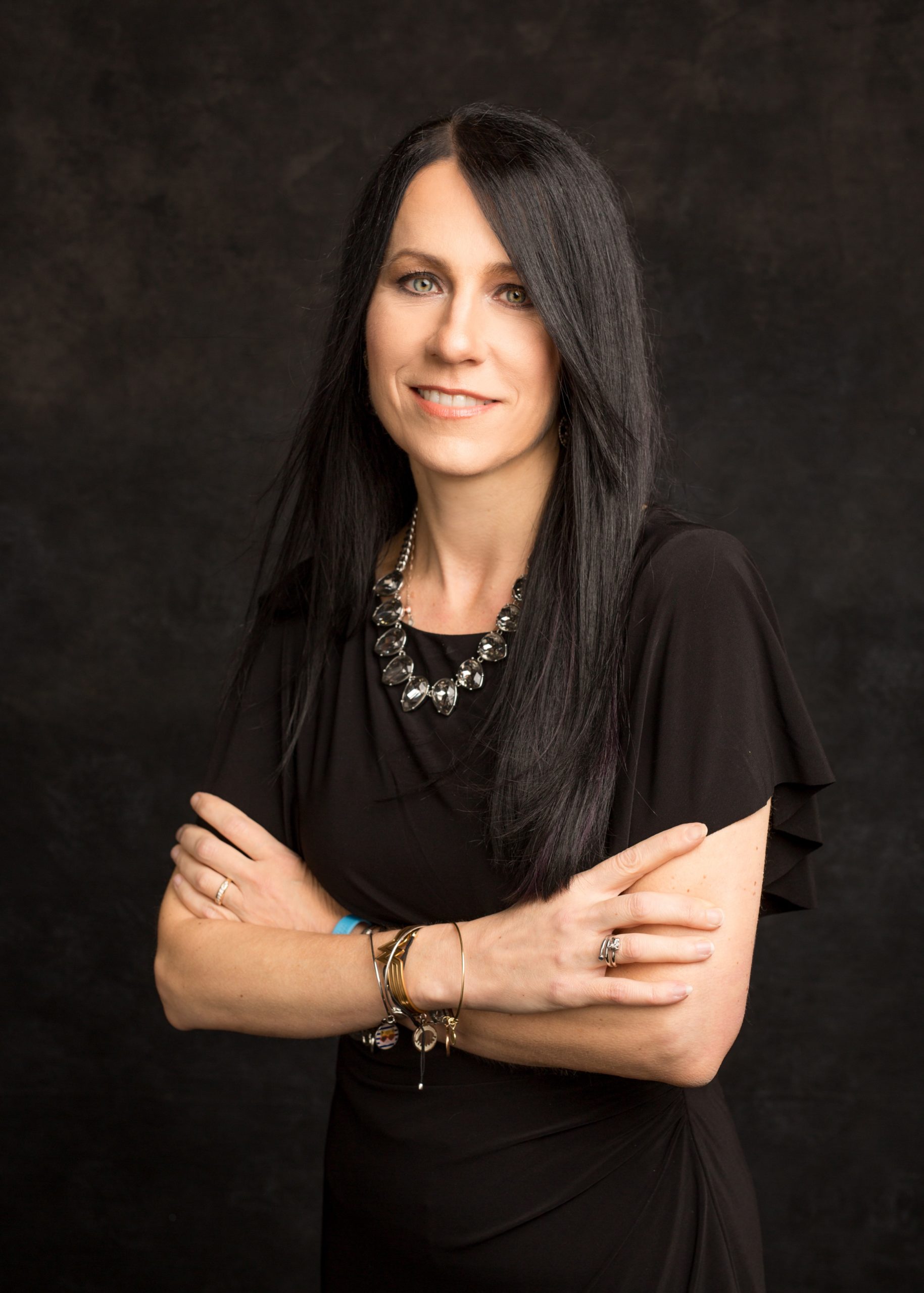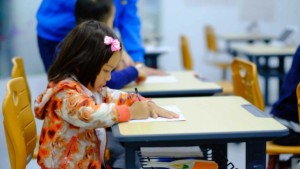Preparing for the Future: Learning Activities

An ongoing question in education today is “How we can best prepare our students for the future?” It is now 2020. It is hard to believe how fast the past ten years have gone, as we now enter a new decade and move one year closer to 2030, a popular year for conversations focused on how to prepare our students. We need to put plans into action and prepare more than ever before, because 2030 will be here before we know it.
Thinking back over the past 10 years in education, many things have changed. Some for the better, some for worse, and some that we just don’t have enough information yet to decide. What has changed? There have been changes and disagreements about the best practices when it comes to assessment, classroom management strategies that are used at the different levels of school, the role of the teacher in the physical classroom space, whether homework should be given, and probably the most changed in the past 10 years is the role that technology plays in learning.
When it comes to technology, it’s not simply about the types of devices and tools that we can use in our classrooms. We now have access to many different types of technologies that we can bring into our schools to give students powerful learning opportunities. We can leverage these tools to engage them in more authentic and meaningful learning and foster the development of skills that will best prepare them for the future. But what are the skills that they will need, so that we know exactly what types of experiences and resources to provide for them? That is the question that we need to keep asking and actively seeking an answer to.
The World Economic Forum shared the Future of Jobs report in 2018 that provided a list of the growing skills for 2022. Here are the top 10:
- Analytical thinking and innovation
- Active learning and learning strategies
- Creativity, originality, and initiative
- Technology design and programming
- Critical thinking and analysis
- Complex problem-solving
- Leadership and social influence
- Emotional intelligence
- Reasoning, problem-solving, and ideation
- Systems analysis and evaluation
If we look at these 10 skill areas, what types of learning experiences or learning spaces can we create for our students that can address most if not all of them? Looking at these skills individually and thinking about the nature of our work, it can seem overwhelming. However, there are some simple ways to create a space where students can build all of these skills and more.
Here are six ideas to try that can help to address these skills:
1. Project-based Learning (PBL): Through PBL, students can work on building all 10 of the skills listed. Providing students with choice in PBL promotes more independent, active learning that empowers students to develop many skills. Through their work, students develop critical thinking and problem-solving skills, take initiative in determining their learning path and how they will share their learning, build leadership skills as they present to a public audience, and emotional intelligence as they develop a deeper understanding of global issues and social concerns.

2. Coding: Coding is an engaging way for students to work on skills of collaboration, critical thinking, and problem solving and can be beneficial for building SEL (Social and Emotional Learning) skills as well. Students become self-aware as they push through the challenges of coding and will develop a better understanding of their strengths and build confidence as they experience success while working with peers. Coding promotes more inquiry based learning that leads students on their own learning journey to become creators and problem solvers.
3. STEAM and Makerspaces: Through STEM or STEAM curriculum and activities, students can explore new technologies and build core skills that they need now and in the future. Using different tools available and creating a space where students are able to explore, collaborate, and innovate will benefit them in many ways. Through these hands-on experiences, students can experience productive struggle, failure, reflection, goal setting, and work as a team to design new technologies.
4. Place-based: Through place-based learning, we offer students the opportunity to engage in the content through real-world experiences which lead to more meaningful and authentic learning. In collaboration with the school community, local businesses, and organizations, students apply their knowledge and build their skills in more personalized ways. When students have more opportunities for hands-on learning and work alongside community members, they develop a greater understanding of local and global issues and build some of these vital skills.

5. Genius Hour: Genius Hour provides an opportunity for students to explore their passions. Through inquiry-based and student-driven learning, we promote student choice and foster student agency by creating time and space in our classrooms for students to explore their interests. Whether by setting aside a specific day of the week (20% time) or time each day, experiences such as this promote student curiosity, encourage collaboration, and increase student confidence as they drive their own learning. To start, I recommend looking at the book Pure Genius by Don Wettrick for some ideas and inspiration.
6. Student-Led PD or Teacher for a Day: We can help students develop leadership skills and engage in more meaningful work by giving them the opportunity to become the teachers. During a PD session, have students share digital tools and strategies that help them to learn better in the classroom and work with teachers to build skills together. Or through a Teacher for a day activity, students make a shift from learners to leaders, helping them to develop confidence, to think critically and problem solve, and continue to build their collaborative nature and interpersonal skills.
These are just a few ideas that can be implemented at any grade level and content area. As educators, we need to take some risks with new ideas and strategies in our classrooms so that we can not only prepare our students for the future, but so that we can prepare ourselves. Creating different learning opportunities will help us to promote more student driven learning where they can build these essential skills and more that will enable them to adapt to whatever changes they will face in the future of work.
For more, see:
- Stem Projects in Active Learning Spaces at Samueli Academy
- 50 Stories About the Future of Learning
- Service Learning: Essential Curricula for Developing 21st-Century Skills
Stay in-the-know with innovations in learning by signing up for the weekly Smart Update.







0 Comments
Leave a Comment
Your email address will not be published. All fields are required.